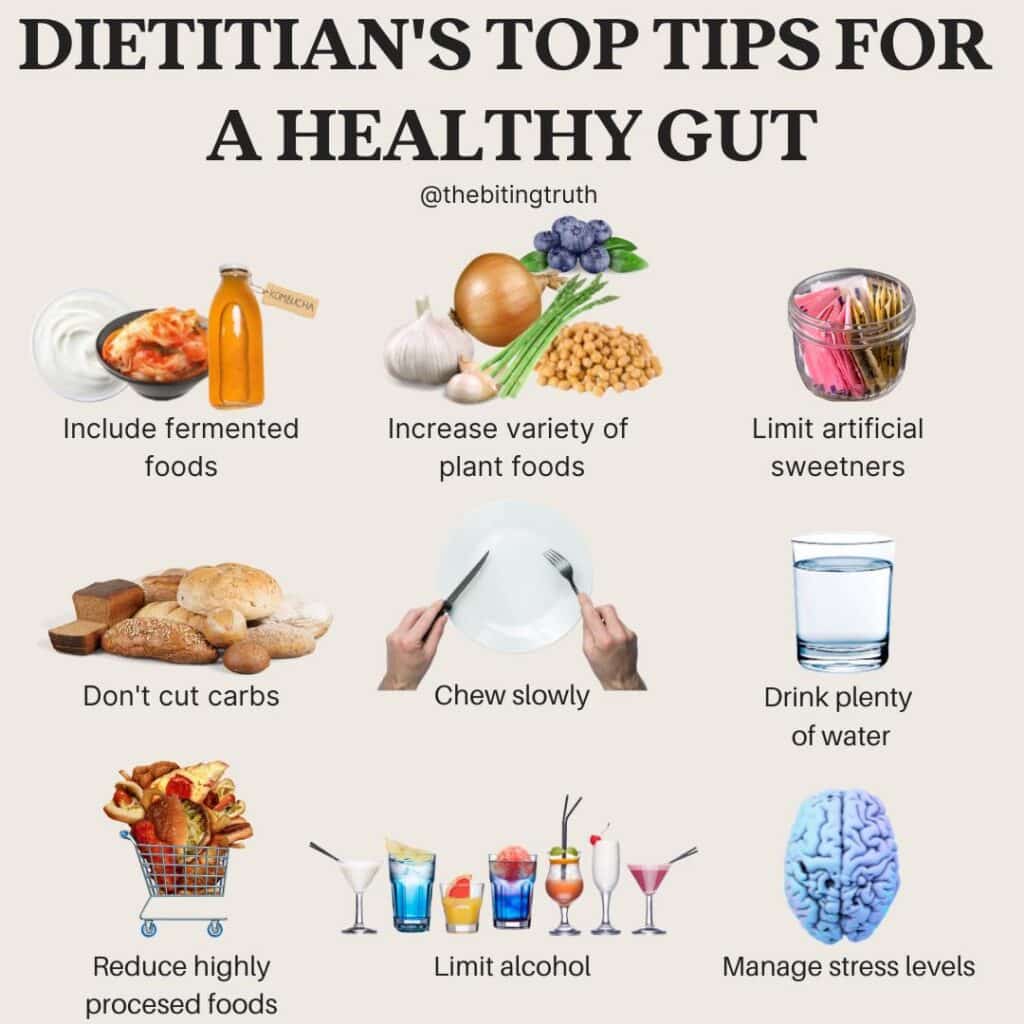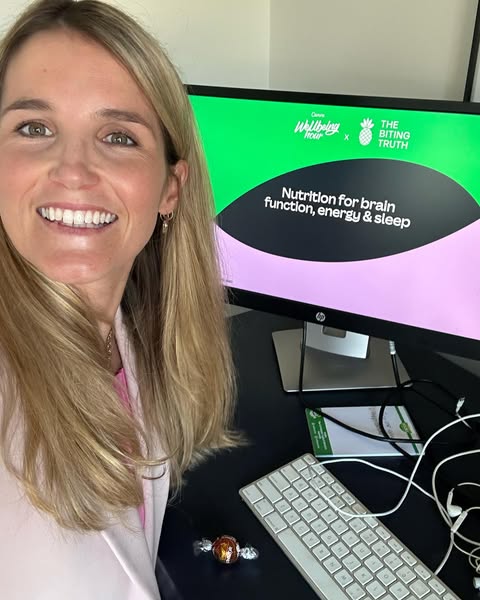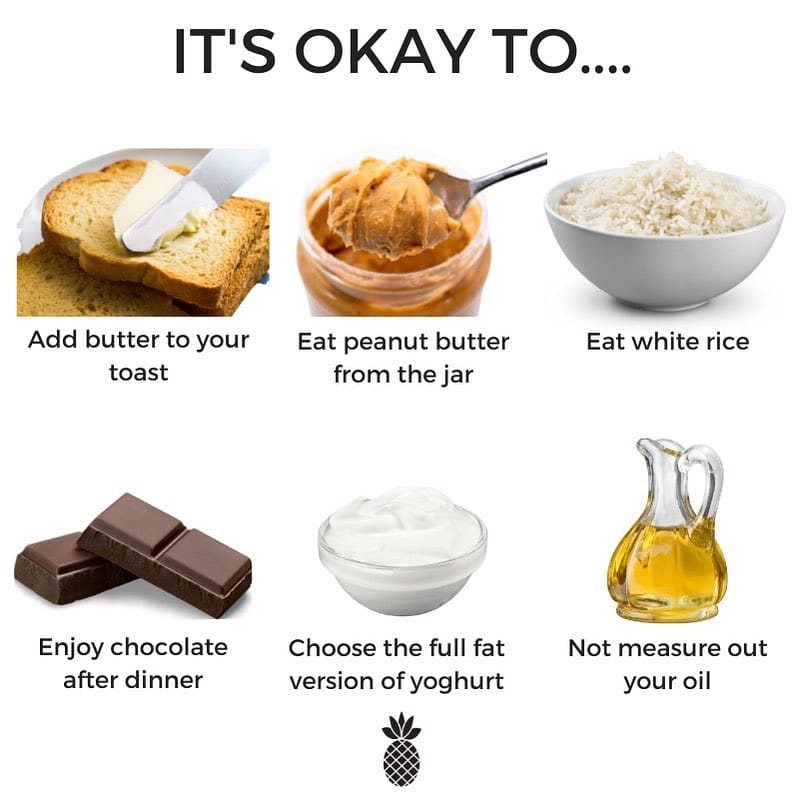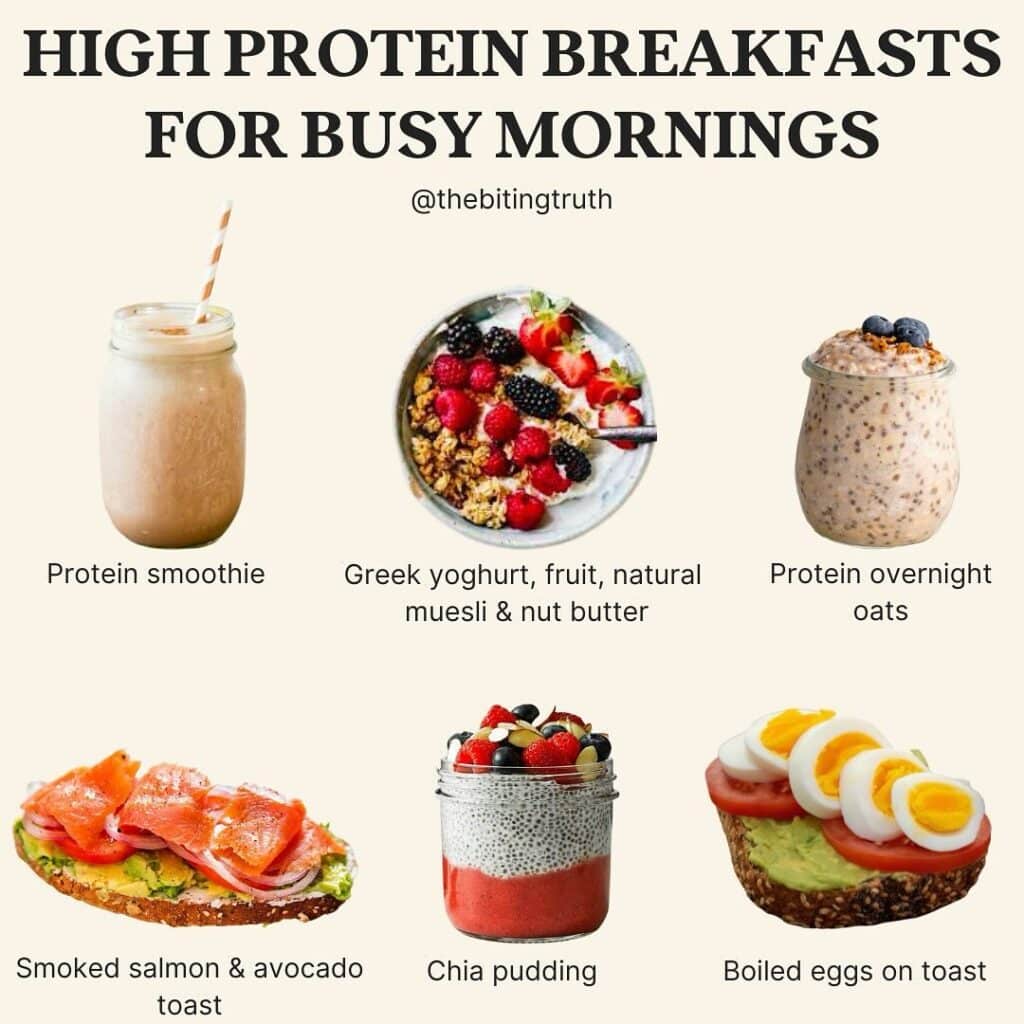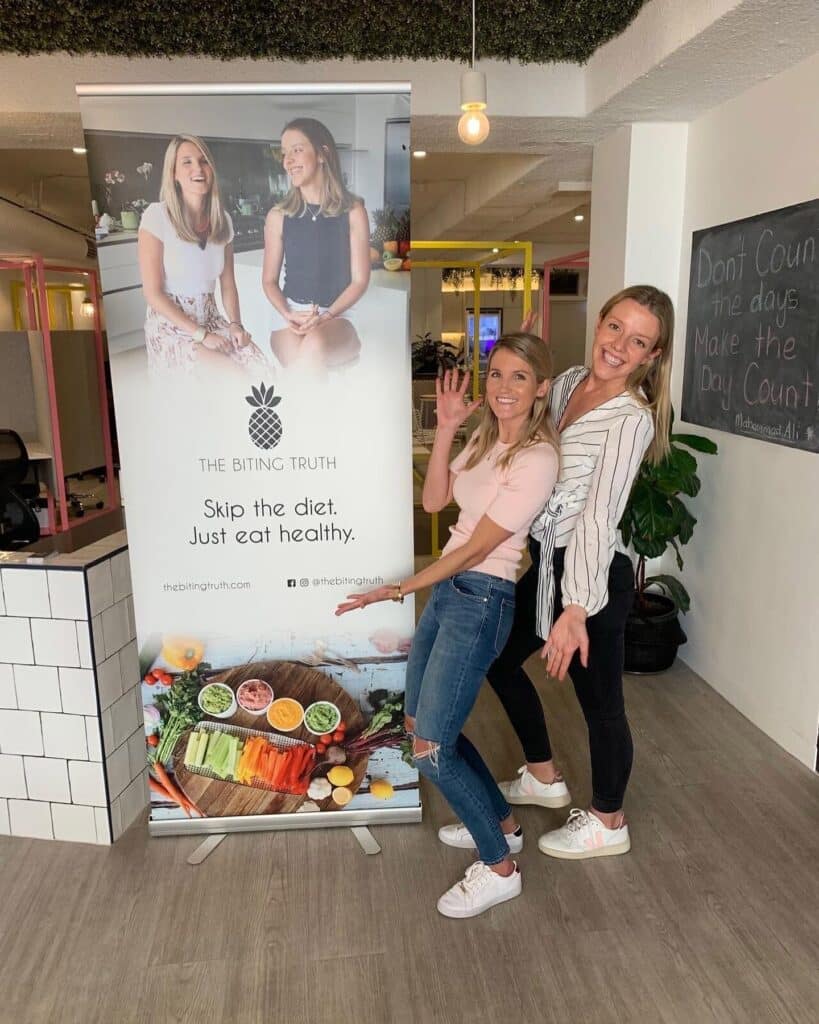As dietitians we’re often asked for quick and easy breakfast options. The good news is, unlike what you might see you Instagram, you don’t have to be whipping up acai bowls with matcha powder and hemp seeds for your breakfast for it to be considered healthy. A good old bowl of cereal can make for a perfect breakfast choice, provided you’re choosing a healthy option.
To help navigate the breakfast cereal aisle dietitians Anna and Alex have shared their top tips on what to look for when choosing a cereal. We’ve also shared 9 of the healthiest cereal options in Australian supermarkets!
Aim for a cereal that contains at least 50% wholegrains. Search the boxes for the word ‘wholegrain’ on the front (it’s usually quite obvious). If you can’t see it on the front, you can check the ingredients list for whole wheat, barley, oats, quinoa, brown rice or spelt. Look for the words ‘whole’ or ‘wholegrains’ listed in the first two ingredients, as this indicates that wholegrains are the most prevalent ingredient in the product. Oats certainly take the cake, containing 100% wholegrains, and weet-bix aren’t too far behind with 97% wholegrains.
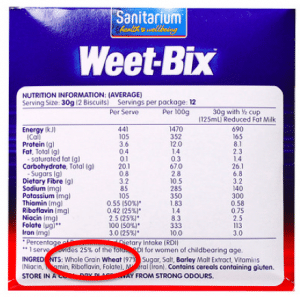
Choosing a breakfast cereal that is high in fibre will set you on your way to meeting your fibre requirements for the day (25g/day for women and 30g/day for men). Fibre is essential for a healthy digestive system and adequate fibre intake has been linked with a reduced risk of chronic diseases including bowel cancer, diabetes and coronary heart disease. To ensure you’re choosing a cereal that’s high in fibre, we recommended finding a cereal with at least 10g of fibre per 100g.
It tends to be the kiddie cereals that are the biggest offenders when it comes to added sugars, so pay careful attention for sugar if you’re shopping for your children. A good rule of thumb is to look for less than 15g of sugar per 100g, give or take a little if the cereal contains dried fruits. We recommend adding whole fruit if you require extra sweetness!
Keep in mind that sugar can be sneaky and might be hiding in the ingredients list under many different names. Here are examples of ingredients commonly found in cereals that are all just alternative names for sugar:
When it comes to sodium (aka salt), less is always better! Sodium is linked to high blood pressure and an increased risk of heart disease. Most Aussies are currently consuming too much salt so when choosing packaged foods like cereals it’s important to read the nutrition panel and ideally aim for no more than 400mg of sodium per 100g.
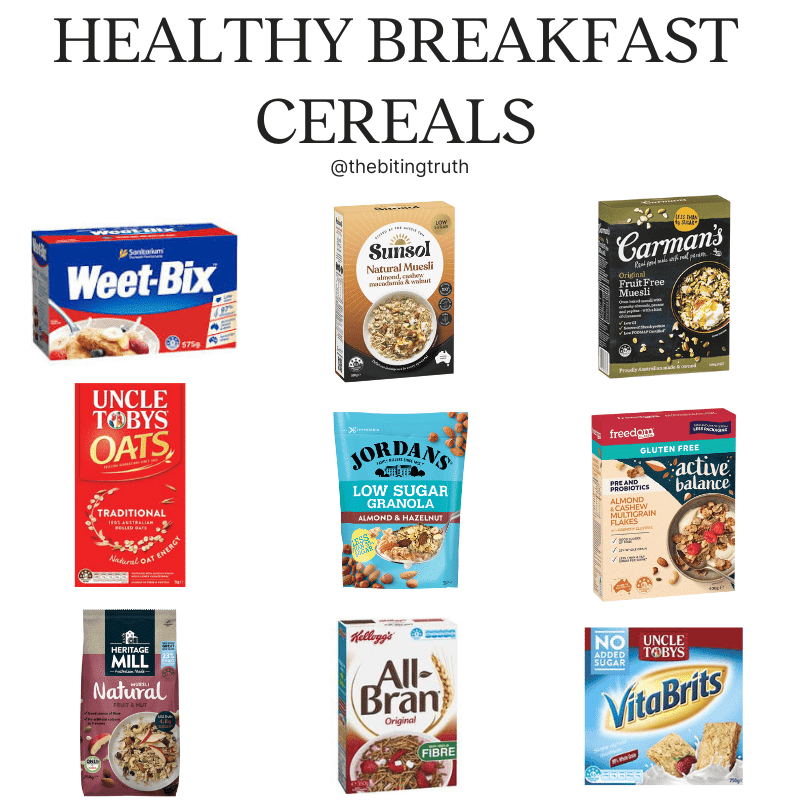
Notes
